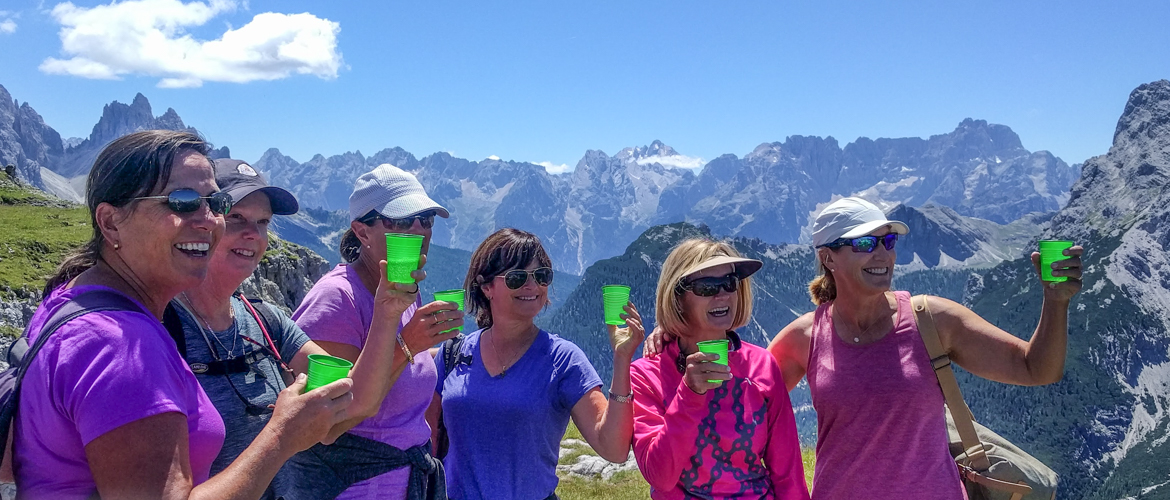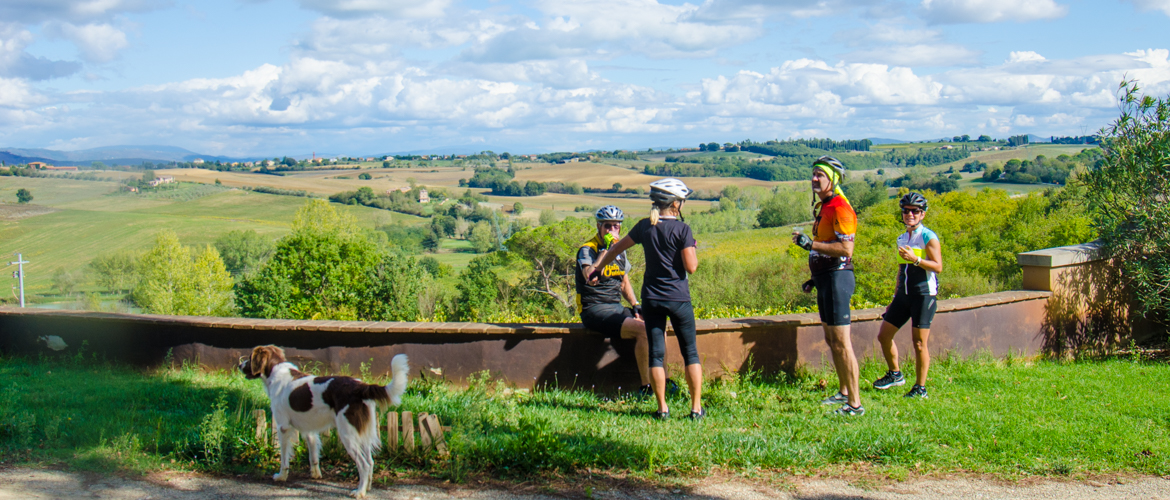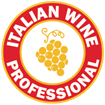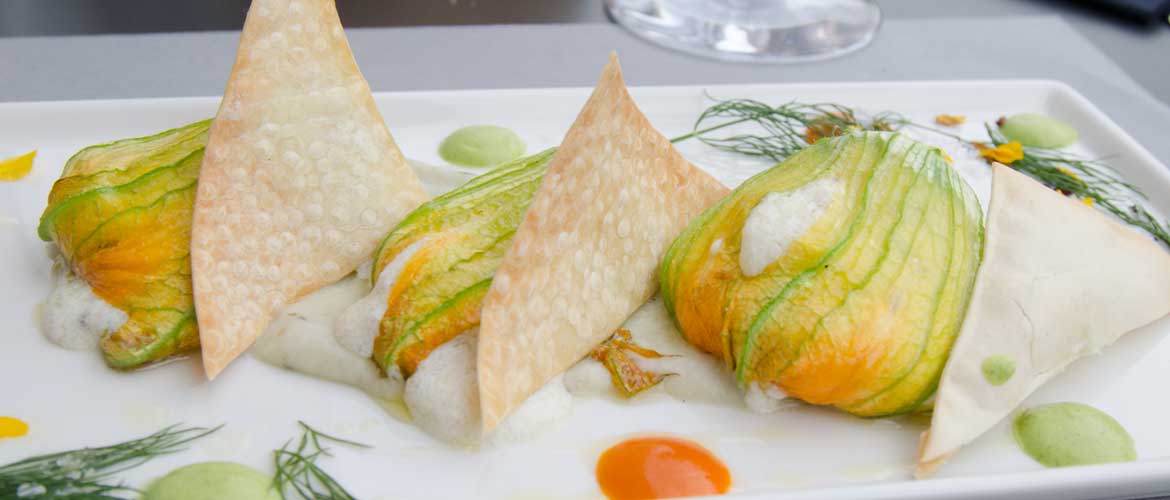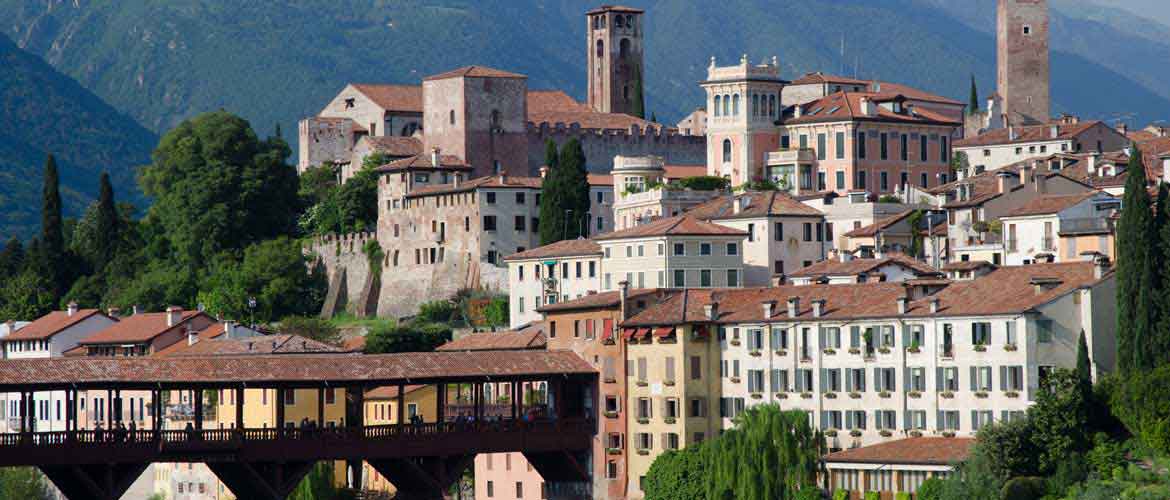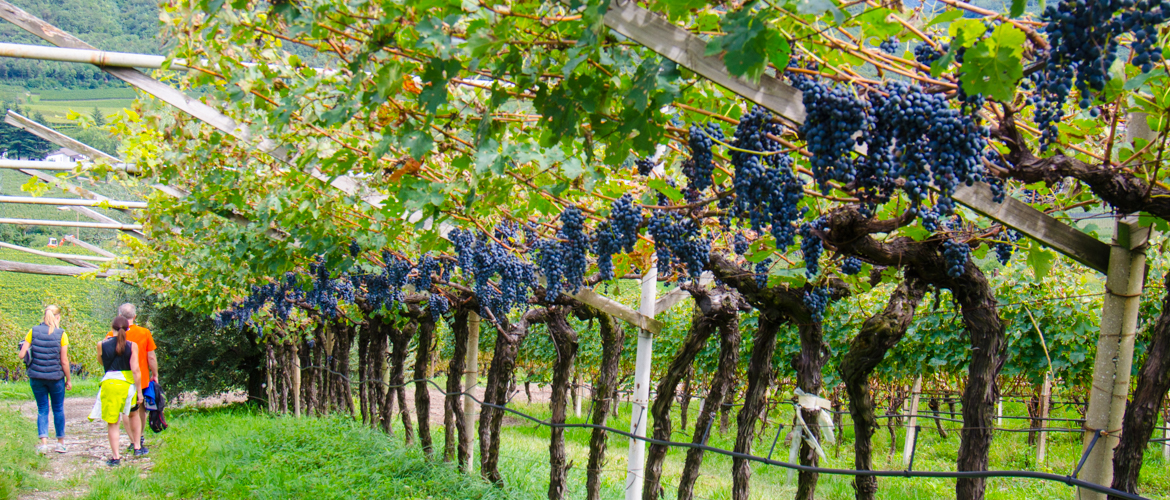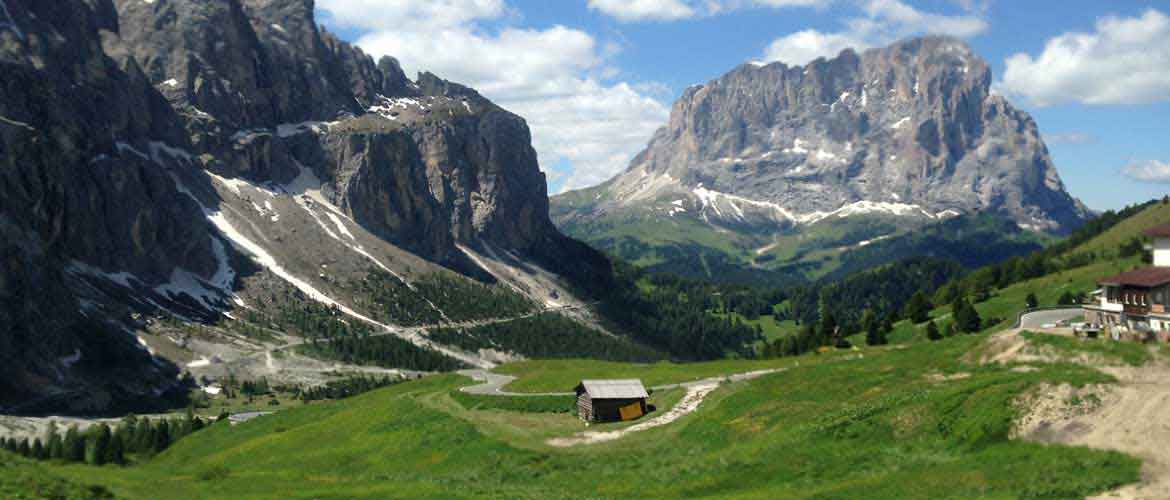The beautiful historic Pre Alps town of Bassano del Grappa is renowned for its white asparagus, appearing mid-March to mid-June. The origins of the delicacy date from as early as 1200. The oldest legend attributes its introduction to Saint Anthony of Padua, who was fond of asparagus and spread knowledge of the vegetable to Bassano, when he traveled there in 1220 to prevent the Lord of the Western Venetian region, Ezzelino da Ramano, from continuing his violent ways. The asparagus is also tied to Saint Anthony because the harvest season usually ends on June 13, the Saints' feast day.
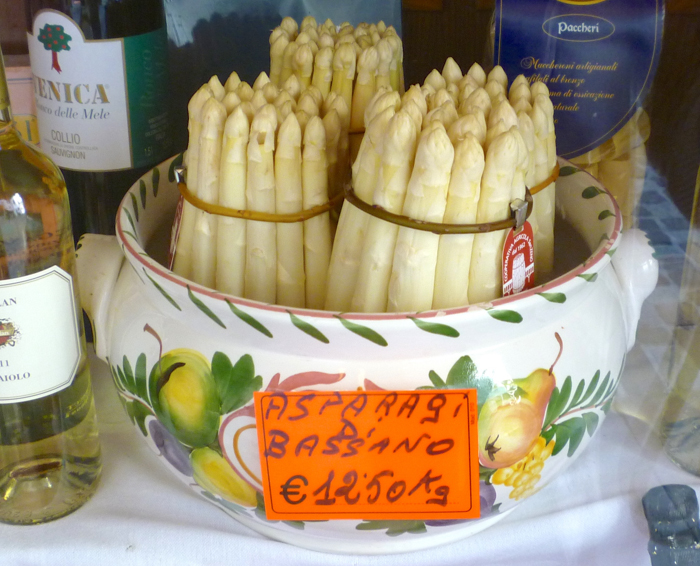
A second legend dates to the 1500s, to the time of the first written texts mention the production of asparagus in Bassano. According to the testimony, an extremely violent hailstorm destroyed most of the harvest. The farmers, desperate for food of any kind, plowed the land under in a search for edible roots and tubers and discovered a delicacy: the tasty, pleasant white asparagus. In the 1500 and 1600s, the white asparagus of Bassano was prized, reserved for the banquets of the nobles of the Venetian empire. The most ancient recipe was asparagus and eggs, with olive oil and pepper.
Characteristics
The asparagus is an ancient vegetable, resembling prehistoric vegetables. In Bassano, the asparagus found the ideal environment: sandy, soft, well-drained and slightly calcareous soil aside the Brenta River. The soil type, combined with a particularly mild climate, produces a product recognized for its quality the world over. Its' pale color, tenderness and sweet-sour perfume make it particularly well-suited for rice dishes, soups, pasta and salads. Its tenderness allows one to enjoy the entire length. Due to its quality and delicacy, it is quite perishable and must be correctly conserved and served within a few days. Good preserving practices include immersing the asparagus in was between 6 and 8 degrees centigrade to inhibit oxidation. It is also beneficial to avoid prolonged exposure to light and open air.
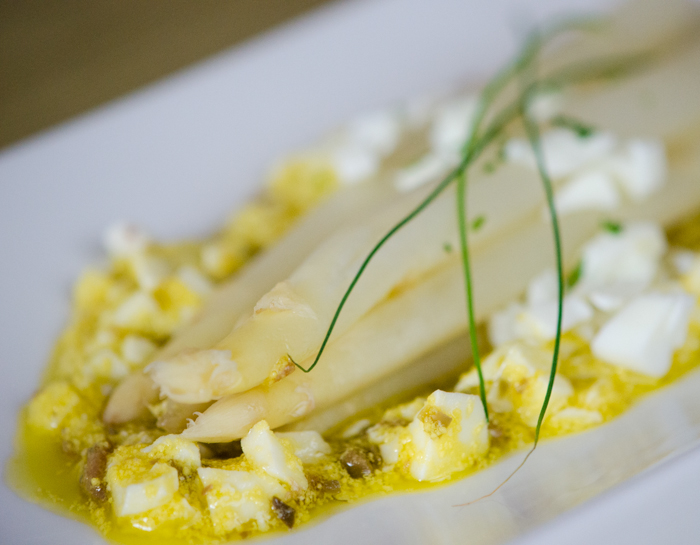
Producers
The producers of the white Bassano asparagus belong to the Association for the protection and valorization of the Bassano white asparagus, founded in 1998. The asparagus is protected by its own DOP trademark, a guarantee of high quality for the consumer that is recognized throughout Europe.
The production period goes from mid-March to mid-June. The maximum yield per hectare is 80 quintals, but the producers, complying with particularly stringent self-imposed quality regulations limit their yield to 40 quintals per hectare. This enables them to produce white asparagus with an extremely low fiber content. The total average production only reaches 1000 quintals, a quantity that is not suitable for mass consumption and is insufficient to satisfy demand.
The product is marketed tied in bunches of 1 to 1.5 kilograms. The bunches are tied manually with vegetable fiber, typically with a willow string. There is a band around the bunch carrying the name of the producer and the locality where it was produced, adhering to the traceability requirements for today's market.


